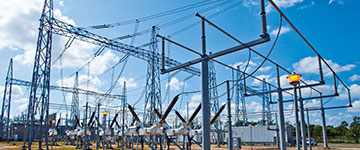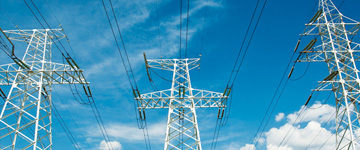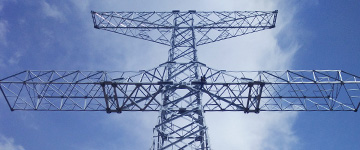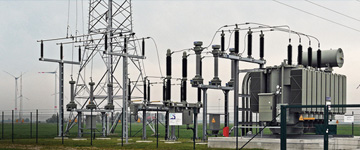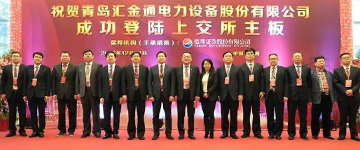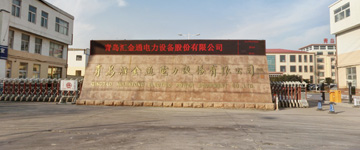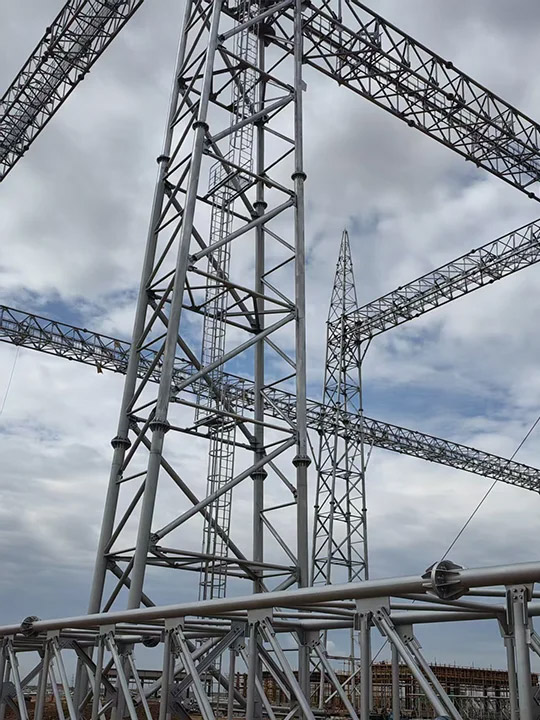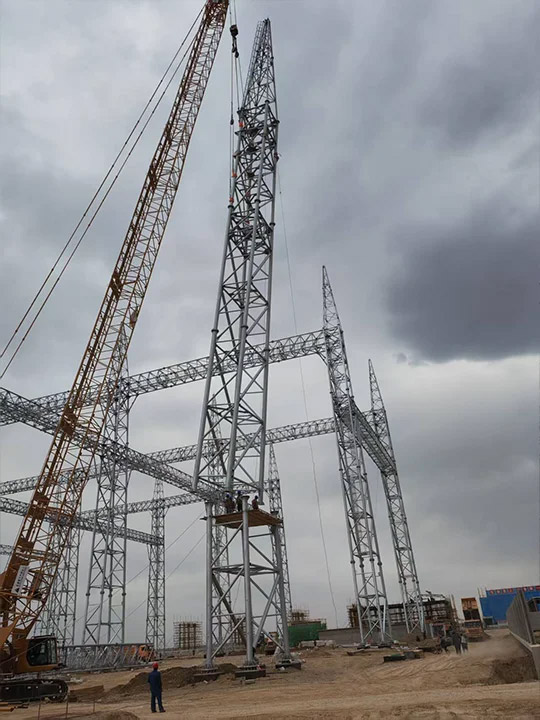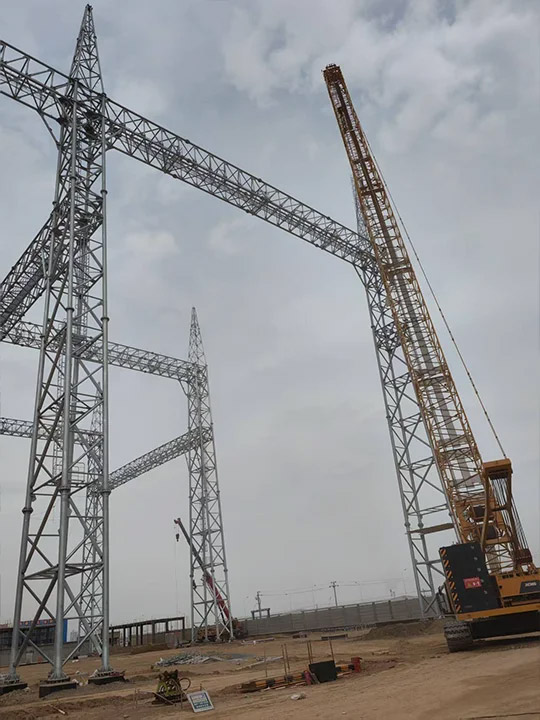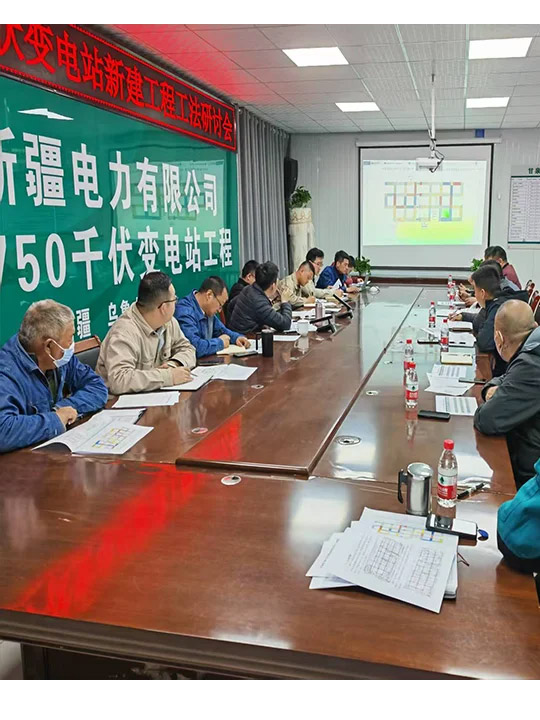Angle steel frame
State Grid Ganquanbao 750kV Substation Project
Project Overview
The State Grid Ganquanbao 750kV Substation Project is a key infrastructure development aimed at enhancing power transmission capacity in China’s northwest region. As part of the Northwest China power grid expansion, this substation plays a crucial role in connecting high-voltage transmission lines and distributing electricity efficiently across the region.
Located in Ganquanbao, Xinjiang, this substation is designed to integrate power generated from renewable energy sources such as wind and solar, while ensuring stable transmission to central and eastern China. The project includes:
• 750kV switchgear and transmission equipment, capable of handling large-scale power flow.
• High-voltage transformers to step down voltage levels for regional distribution.
• Advanced control and protection systems to enhance grid stability and reliability.
This project strengthens the ultra-high-voltage (UHV) network, supports China’s energy transition goals, and ensures a stable power supply for industrial and residential users.
Construction Plan & Execution
1. Site Selection & Civil Works
The substation was strategically located in Ganquanbao, Xinjiang, based on:
• Proximity to renewable energy sources (solar and wind farms).
• Minimal environmental impact to protect local ecosystems.
• Accessibility for transmission lines connecting it to regional and national grids.
The foundation and civil construction involved:
• Reinforced concrete structures to support heavy electrical equipment.
• Seismic-resistant designs to withstand earthquakes common in northwest China.
• Dust and sand protection measures to ensure long-term operational stability.
2. Electrical & Transformer Installation
The substation features state-of-the-art electrical components, including:
• 750kV GIS (Gas-Insulated Switchgear) for compact and efficient power switching.
• High-capacity transformers (750kV/330kV) for voltage step-down and distribution.
• Surge arresters and reactive power compensation systems to maintain voltage stability.
The installation process followed modular construction techniques, ensuring:
• Faster deployment and reduced construction time.
• Minimized on-site assembly risks with pre-fabricated components.
• Optimized electrical layout to improve efficiency and safety.
3. Grid Connection & System Integration
The substation was integrated into the Northwest China Power Grid through:
• 750kV overhead transmission lines connecting to existing substations.
• Advanced relay protection systems for fault detection and rapid response.
• SCADA (Supervisory Control and Data Acquisition) systems for real-time monitoring.
This integration enhances grid reliability, reduces power losses, and facilitates efficient energy transmission from Xinjiang to energy-demanding provinces in eastern China.
4. Smart Monitoring & Environmental Protection
To ensure long-term operational efficiency, the project incorporates:
• IoT-enabled monitoring devices for real-time equipment diagnostics.
• Automated fault detection and alarm systems to prevent disruptions.
• Eco-friendly substation design, including:
• Noise reduction barriers for transformers.
• Waste heat recovery systems to improve energy efficiency.
• Sustainable water drainage systems to prevent soil erosion.
Design & Technical Services
1. Electrical System Design
Our engineering team provided:
• Load flow analysis and short-circuit calculations to ensure optimal power distribution.
• Electromagnetic compatibility (EMC) studies to minimize interference with nearby infrastructure.
• Transformer cooling system optimization for heat management in Xinjiang’s hot climate.
2. Safety & Security Systems
The substation is equipped with:
• Fire suppression systems using gas-based extinguishers to protect electrical equipment.
• Cybersecurity protection for SCADA systems against cyber threats.
• Physical security measures including surveillance cameras and access controls.
3. Renewable Energy Integration
The substation is designed to handle fluctuating power input from solar and wind farms, incorporating:
• Dynamic reactive power compensation to stabilize voltage levels.
• Grid synchronization technology to manage renewable energy fluctuations.
• Battery energy storage system (BESS) compatibility for future upgrades.
After-Sales Service & Maintenance
1. Routine Maintenance & Inspection
Regular maintenance schedules include:
• Transformer oil analysis and diagnostics to monitor insulation health.
• Breaker and switchgear testing to ensure reliable power switching.
• Cleaning and dust protection to mitigate sandstorm effects.
2. Emergency Response & Fault Repair
A 24/7 emergency response team ensures rapid troubleshooting of:
• Grid disruptions and transformer faults.
• Lightning or surge-related damages.
• Protective relay failures and system instability.
3. Future Upgrades & Capacity Expansion
We provide scalable solutions for:
• Higher capacity transformers to accommodate future load growth.
• Smart grid integration for AI-driven power management.
• Hybrid AC/DC solutions for improved efficiency in long-distance transmission.
4. Training & Technical Support
We offer:
• On-site and remote training programs for utility personnel.
• Real-time technical support via digital platforms.
• Customized maintenance workshops for hands-on learning.
The State Grid Ganquanbao 750kV Substation Project is a critical milestone in China’s power infrastructure modernization, supporting renewable energy integration and long-distance high-voltage transmission. With cutting-edge engineering, smart grid technologies, and comprehensive after-sales services, this project ensures efficient, reliable, and sustainable power distribution for years to come.
For inquiries regarding substation design, engineering solutions, or maintenance services, please contact us today!
The State Grid Ganquanbao 750kV Substation Project is a key infrastructure development aimed at enhancing power transmission capacity in China’s northwest region. As part of the Northwest China power grid expansion, this substation plays a crucial role in connecting high-voltage transmission lines and distributing electricity efficiently across the region.
Located in Ganquanbao, Xinjiang, this substation is designed to integrate power generated from renewable energy sources such as wind and solar, while ensuring stable transmission to central and eastern China. The project includes:
• 750kV switchgear and transmission equipment, capable of handling large-scale power flow.
• High-voltage transformers to step down voltage levels for regional distribution.
• Advanced control and protection systems to enhance grid stability and reliability.
This project strengthens the ultra-high-voltage (UHV) network, supports China’s energy transition goals, and ensures a stable power supply for industrial and residential users.
Construction Plan & Execution
1. Site Selection & Civil Works
The substation was strategically located in Ganquanbao, Xinjiang, based on:
• Proximity to renewable energy sources (solar and wind farms).
• Minimal environmental impact to protect local ecosystems.
• Accessibility for transmission lines connecting it to regional and national grids.
The foundation and civil construction involved:
• Reinforced concrete structures to support heavy electrical equipment.
• Seismic-resistant designs to withstand earthquakes common in northwest China.
• Dust and sand protection measures to ensure long-term operational stability.
2. Electrical & Transformer Installation
The substation features state-of-the-art electrical components, including:
• 750kV GIS (Gas-Insulated Switchgear) for compact and efficient power switching.
• High-capacity transformers (750kV/330kV) for voltage step-down and distribution.
• Surge arresters and reactive power compensation systems to maintain voltage stability.
The installation process followed modular construction techniques, ensuring:
• Faster deployment and reduced construction time.
• Minimized on-site assembly risks with pre-fabricated components.
• Optimized electrical layout to improve efficiency and safety.
3. Grid Connection & System Integration
The substation was integrated into the Northwest China Power Grid through:
• 750kV overhead transmission lines connecting to existing substations.
• Advanced relay protection systems for fault detection and rapid response.
• SCADA (Supervisory Control and Data Acquisition) systems for real-time monitoring.
This integration enhances grid reliability, reduces power losses, and facilitates efficient energy transmission from Xinjiang to energy-demanding provinces in eastern China.
4. Smart Monitoring & Environmental Protection
To ensure long-term operational efficiency, the project incorporates:
• IoT-enabled monitoring devices for real-time equipment diagnostics.
• Automated fault detection and alarm systems to prevent disruptions.
• Eco-friendly substation design, including:
• Noise reduction barriers for transformers.
• Waste heat recovery systems to improve energy efficiency.
• Sustainable water drainage systems to prevent soil erosion.
Design & Technical Services
1. Electrical System Design
Our engineering team provided:
• Load flow analysis and short-circuit calculations to ensure optimal power distribution.
• Electromagnetic compatibility (EMC) studies to minimize interference with nearby infrastructure.
• Transformer cooling system optimization for heat management in Xinjiang’s hot climate.
2. Safety & Security Systems
The substation is equipped with:
• Fire suppression systems using gas-based extinguishers to protect electrical equipment.
• Cybersecurity protection for SCADA systems against cyber threats.
• Physical security measures including surveillance cameras and access controls.
3. Renewable Energy Integration
The substation is designed to handle fluctuating power input from solar and wind farms, incorporating:
• Dynamic reactive power compensation to stabilize voltage levels.
• Grid synchronization technology to manage renewable energy fluctuations.
• Battery energy storage system (BESS) compatibility for future upgrades.
After-Sales Service & Maintenance
1. Routine Maintenance & Inspection
Regular maintenance schedules include:
• Transformer oil analysis and diagnostics to monitor insulation health.
• Breaker and switchgear testing to ensure reliable power switching.
• Cleaning and dust protection to mitigate sandstorm effects.
2. Emergency Response & Fault Repair
A 24/7 emergency response team ensures rapid troubleshooting of:
• Grid disruptions and transformer faults.
• Lightning or surge-related damages.
• Protective relay failures and system instability.
3. Future Upgrades & Capacity Expansion
We provide scalable solutions for:
• Higher capacity transformers to accommodate future load growth.
• Smart grid integration for AI-driven power management.
• Hybrid AC/DC solutions for improved efficiency in long-distance transmission.
4. Training & Technical Support
We offer:
• On-site and remote training programs for utility personnel.
• Real-time technical support via digital platforms.
• Customized maintenance workshops for hands-on learning.
The State Grid Ganquanbao 750kV Substation Project is a critical milestone in China’s power infrastructure modernization, supporting renewable energy integration and long-distance high-voltage transmission. With cutting-edge engineering, smart grid technologies, and comprehensive after-sales services, this project ensures efficient, reliable, and sustainable power distribution for years to come.
For inquiries regarding substation design, engineering solutions, or maintenance services, please contact us today!
Hotline



